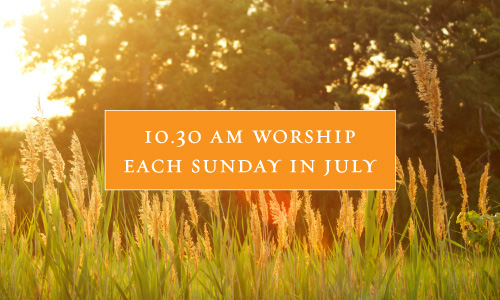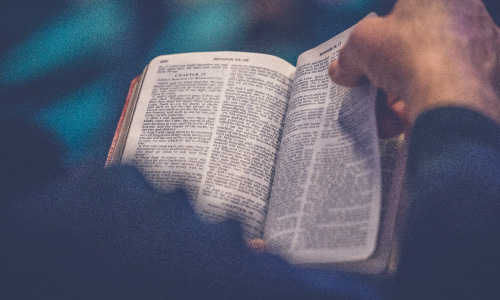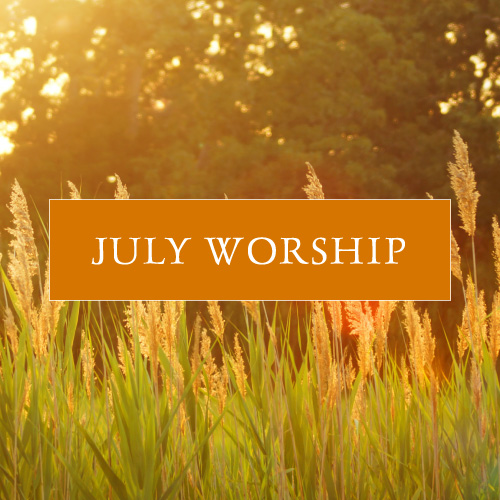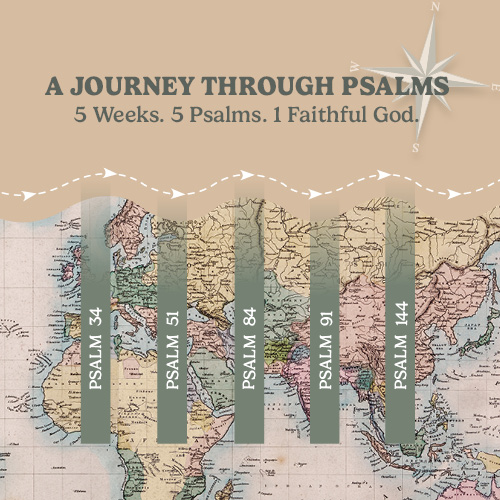Celebrating 200 Years of First Presbyterian, Part 1
Posted on: January 31, 2025
by: Zora Olsson, Church Historian
by: Zora Olsson, Church Historian
As we think about celebrating First Presbyterian Church’s two hundred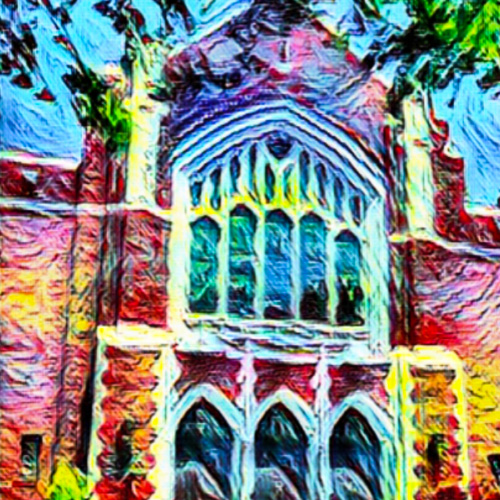 years, let’s begin by looking back to see how far we have come. This begins a series of looking back on that history.
years, let’s begin by looking back to see how far we have come. This begins a series of looking back on that history.
 years, let’s begin by looking back to see how far we have come. This begins a series of looking back on that history.
years, let’s begin by looking back to see how far we have come. This begins a series of looking back on that history.
What was it like to be a missionary in the seventeenth and eighteenth centuries in Louisiana? At that time there were no real roads, trains, or cars; it was foot, horse, or boat. The political environment and language barriers (French to Spanish, Spanish to English, then back again) added to the difficulties. Many cultures had arrived and the various Native American tribes each had their own religion and way of life.
Missionaries looking to plant a church were a completely new thought. They wanted to bring the hostile natives to God but the population was spread out over great distances. Many of the tribes were rough and preferred living without the supervision missionaries imposed. The political situation at that time didn't help. Trying to plant new churches was not an easy accomplishment, especially for Protestants.
The first missionaries to come into the Mississippi Valley (what is now Louisiana, Mississippi and Arkansas) were sent from the Carolinas and Virginia by four denominations within two decades. The Baptists came by boat down the Holston River into Tennessee where they settled to Coles Creek north of Natchez Mississippi Territory in 1780. Reverend Adam Cloud, an Episcopalian, settled on Catherine’s Creek in the same area in 1792. One Methodist clergyman, Reverend Tobias Gibson, went to Nashville by horseback, sold the horse, purchased a canoe and rowed it to Natchez. Three Presbyterian ministers, Reverends William Montgomery, James Hall, and James Bowman, explored that country in 1801 organizing groups of Protestants for religious work and worship.
All encountered the same dangers and hardships, some worse than others. While the missionaries hoped to teach the natives religion and love, the Spanish were spreading suspicion and hate. Smallpox brought by the Europeans was epidemic among the natives while also taking the lives of many missionaries.
This region was under English control until 1783 when they ceded to the United States. On the strength of a secret clause in the treaty, the Spaniards took charge and retained possession of the region until June, 1798. Many settlers at that time had received land grants for their service in the Revolutionary War and brought their families to settle on the land. Under Spanish rule, adult Protestants could worship as they wished but no more than eight persons could attend. All children were required to be baptized by a Catholic priest and be raised in the Catholic faith. Protestant ministers were not permitted to preach, baptize, or perform marriages or funerals. Those who did, were sent to Spain to stand trial. In addition, only Catholics were allowed to settle within Spanish domain. Those who were not Catholic were required to renounce their religion and convert.
Several churches were established in the region. After some time, they organized into a unit to form a larger body for representation on the national level. In 1815, the synod of Kentucky formed which consisted of Presbyterian churches in Mississippi, Louisiana, parts of Arkansas and parts of Alabama. The Kentucky synod joined together with the other denominations to counter the immorality prevalent in the territory.
Stay tuned for our next installment on the founding of First Presbyterian Church of Baton Rouge!
Posted in:
Church History




 Close
Close

